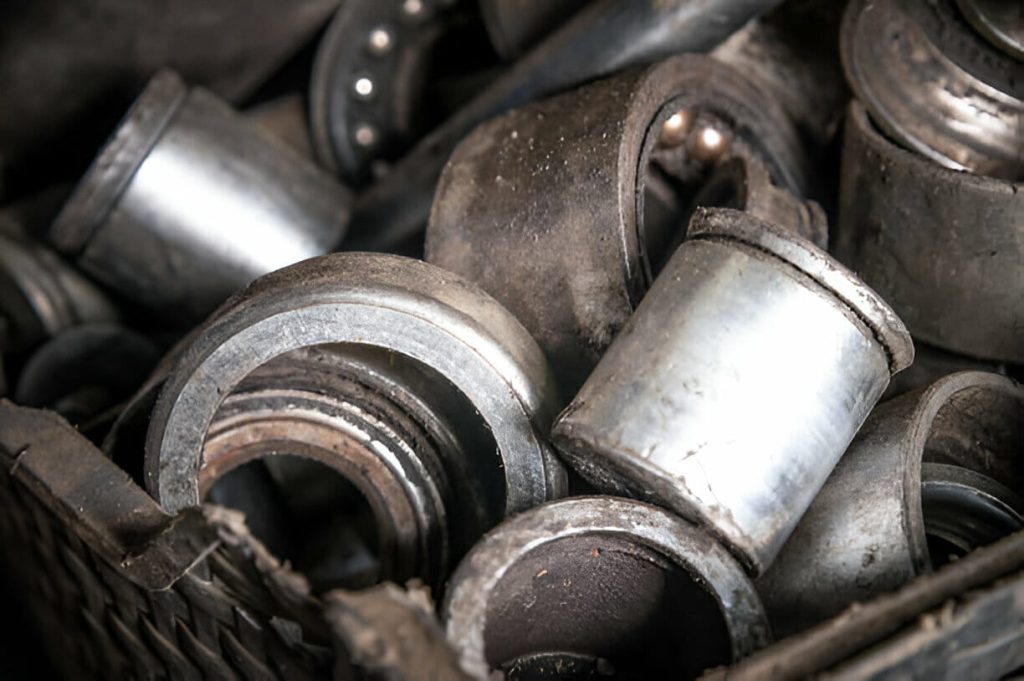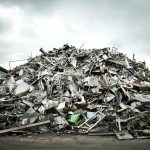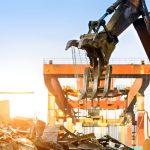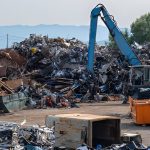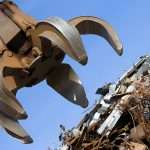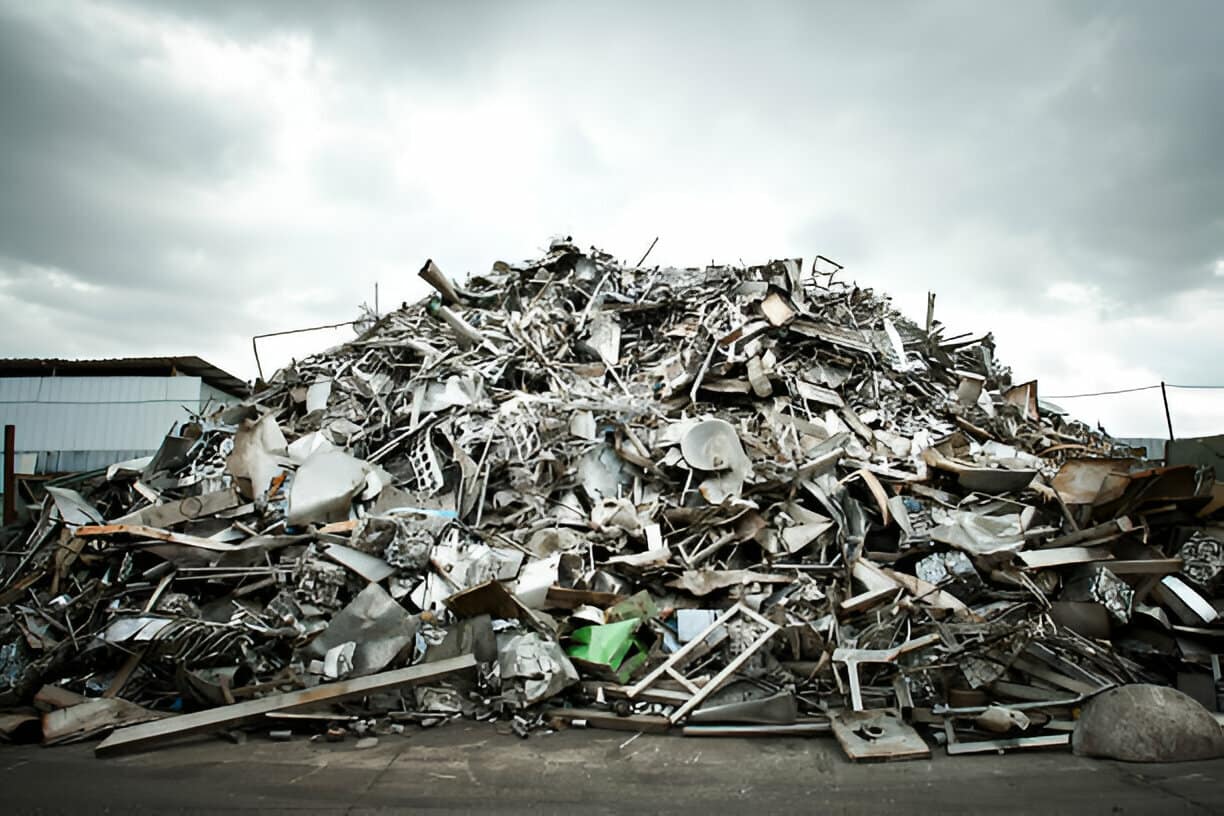
In the fast-moving world of metal recycling, knowing the quality of what you’re buying or selling can mean the difference between profit and loss. With demand for scrap metals growing across Dubai, the risk of counterfeit or contaminated materials entering the supply chain has also increased.
Identifying fake or impure metal scrap is critical for traders, recyclers, and manufacturers who depend on quality and consistency. Contaminated materials not only reduce value but can also damage equipment or compromise manufacturing processes. This article offers practical guidance on spotting the red flags and ensuring you’re handling legitimate, high-quality scrap.
Why It’s Important to Identify Fake or Contaminated Scrap Metals
Contaminated or fake scrap can lead to a range of problems:
- Reduced resale value
- Unexpected processing costs
- Equipment damage during melting or fabrication
- Violations of environmental or safety regulations
In Dubai, where environmental standards are increasingly being enforced, avoiding low-quality scrap is also a matter of regulatory compliance.
At Enviro Values, we help businesses ensure the scrap they trade is genuine, safe, and valuable. Here’s how to do the same.
1. Conduct a Visual Inspection
Start with a simple but thorough visual inspection of the metal. Experienced traders often spot inconsistencies by eye.
What to look for:
- Unusual coatings or paint that could hide rust or oxidation
- Discolouration indicating chemical exposure or contamination
- Sharp edges or irregular cuts suggesting mixing of metal types
- Residue or oily films that may impact processing
Be wary of scrap that looks “too clean” or freshly painted—it may be hiding faults or deterioration.
2. Check for Magnetic Properties
A quick magnet test is a simple way to verify ferrous vs. non-ferrous metals.
- Ferrous metals (like steel or iron) are magnetic.
- Non-ferrous metals (like copper, aluminium, brass) are not.
If a supposedly high-value non-ferrous metal reacts to a magnet, you may be dealing with a fake or mislabelled product.
3. Perform a Spark Test
The spark test is an old-school but effective method to identify metals. When ground on a wheel, different metals produce different spark patterns.
Examples:
- Steel creates long, branching yellow sparks.
- Cast iron produces red, straight sparks with fewer branches.
- Stainless steel gives off faint orange sparks.
This test won’t work for non-ferrous metals but can help confirm iron-based materials. Make sure safety gear is worn when testing.
4. Use a Handheld XRF Analyser (if available)
In professional settings, a handheld X-ray fluorescence (XRF) analyser can determine the exact composition of a metal sample.
- It reads the chemical elements present.
- Confirms alloy grades and purity.
- Helps avoid contamination risks.
For businesses in Dubai trading high volumes of metal, this tool can save money by preventing costly errors. If you don’t own one, partnering with a company like Enviro Values that uses these tools is advisable.
5. Check Weight and Density
Metal types have distinct density values. Comparing expected weight with actual weight can reveal if a material is mixed or counterfeit.
For example:
- A bar that appears to be copper but feels unusually light may be a cheaper alloy with copper plating.
- Aluminium scrap mixed with plastic or insulation can be much lighter than pure metal.
- Weigh samples carefully and compare them with known reference values.
6. Be Aware of Common Contaminants
Contaminants reduce the value of scrap and may cause problems in recycling or manufacturing. Look out for:
- Oil or grease from machinery parts
- Plastic or rubber coatings
- Insulation on copper wires
- Mixed metals in a single bundle
Contaminated loads often require pre-cleaning, which adds cost and time. Clean, sorted scrap always yields better returns.
7. Inspect for Unusual Odours or Residue
Scrap from certain industrial environments may carry chemical residues or toxic coatings. These might not be visible but can be hazardous.
- Avoid materials with strong chemical smells.
- Be cautious of powdery or sticky surfaces.
- Ensure proper gloves and ventilation when handling unknown scrap.
Dubai’s recycling regulations discourage handling of hazardous scrap without proper treatment. Always prioritise safety.
8. Ask for Documentation or Source Details
Reliable scrap dealers provide source documentation, such as:
- Origin of the material
- Type and grade
- Previous usage (e.g., factory surplus, demolition waste)
If the seller cannot explain the source or seems evasive, the scrap could be misrepresented. At Enviro Values, every batch of scrap is traceable for quality assurance.
Conclusion: Trust, Tools, and Technique Make All the Difference
Identifying fake or contaminated scrap metals is part science, part experience. In Dubai’s growing recycling sector, avoiding poor-quality scrap protects both your finances and your reputation.
Whether you’re buying in bulk or trading on a regular basis, staying vigilant is essential. Always inspect your material, ask the right questions, and when in doubt, work with experts. At Enviro Values, we ensure all scrap is verified, clean, and compliant with local and international standards.
FAQs
1. What’s the biggest risk of using contaminated scrap metal?
Contaminated metal can damage equipment, reduce product quality, and may breach Dubai’s environmental and safety regulations.
2. Can scrap metal be faked using coatings?
Yes. Some metals are plated or painted to resemble high-value materials like copper or stainless steel. Tests like magnetism, weight, and XRF analysis help detect fakes.
3. How can I verify scrap before purchasing it?
Use simple tools like magnets, scales, and visual checks. For larger transactions, request lab reports or consult with a trusted dealer like Enviro Values.
4. Should I buy scrap metal without knowing its source?
No. Always ask for documentation and source verification. Unknown sources can indicate contamination or legality issues.


